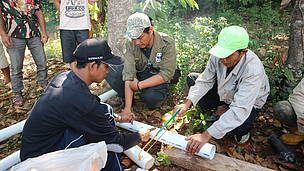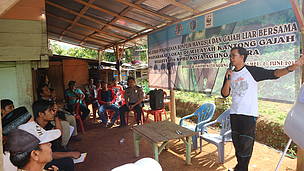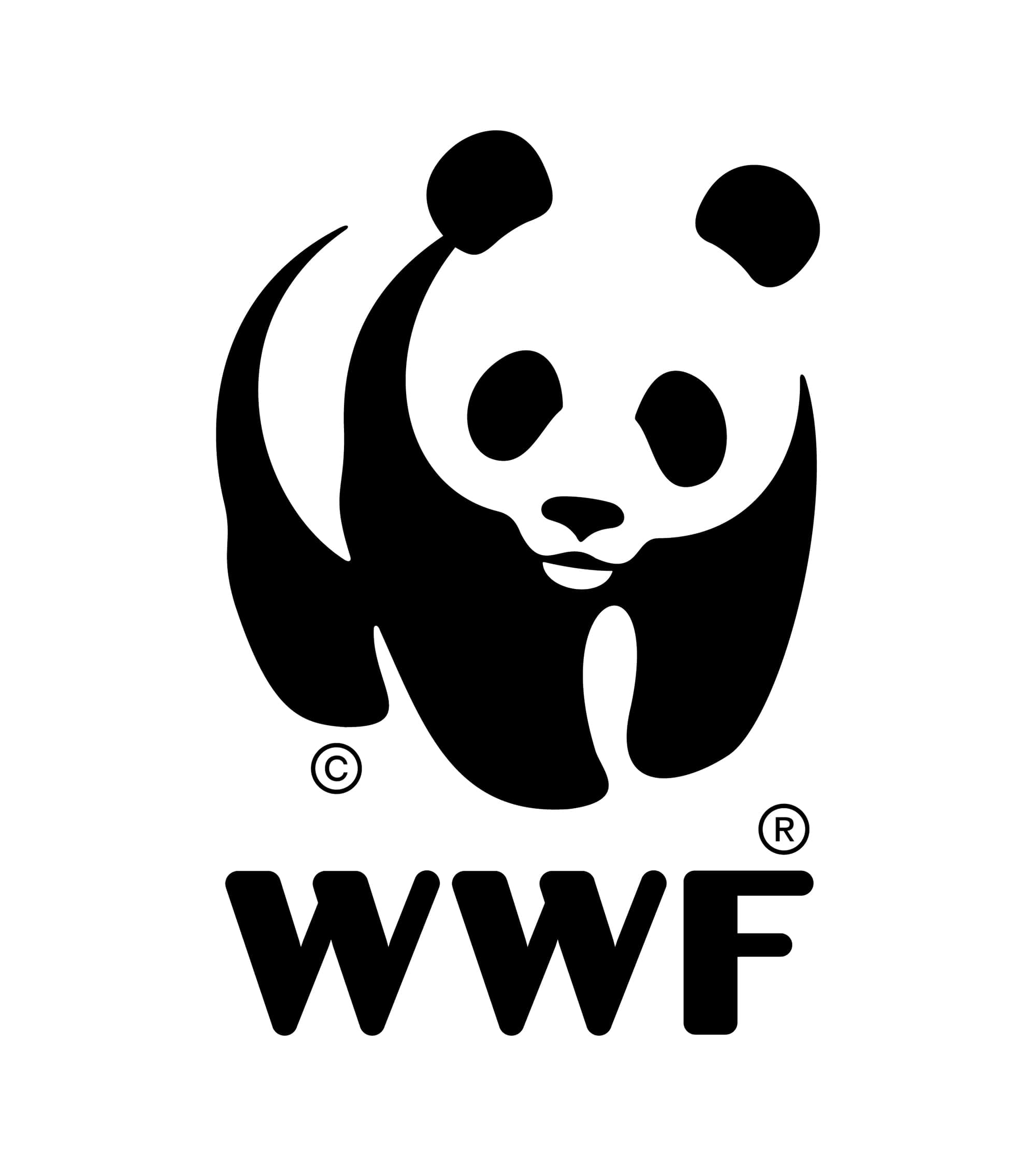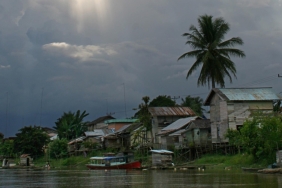HANDLING HUMAN - ELEPHANT CONFLICTS IN 39 REGISTERED CITY AT NORTH KOTA AGUNG TANGGAMUS
"Every house has a fireplace. It emits billowing smoke accompanied by the pungent smell of incense which they place in front of the house. It's the simplest way they know to keep elephants away. They were afraid that elephants would come to their huts at any time. It was a pitch-black night. The electricity from the hydropower plant was cut off because the cable was stepped on by a group of wild elephants that were already close to the settlement. Several groups of men came out, clustered together, following the direction of the elephants. They carried bells and drums and shouted to herd the elephants away. The sound in the distance slowed down and was slowly carried away by the wind."
This was the scene we encountered while staying at Register 39 of the North Kota Agung Protection Forest. In the last few months, the community has been worried about the presence of 12 elephants that often come to the village. Yes, this area is indeed a Protected Forest under the management of KPHL Kota Agung Utara. This area is one of Lampung's elephant habitats, bordering Bukit Barisan Selatan National Park.
Unfortunately, even though this area is the elephant's home range, the widespread practice of encroachment has made human-animal conflict inevitable. From the results of monitoring using GPS collars, the team found that the elephant herd was around the gutters of Register 39 Kota Agung Utara, which has now been converted into coffee plantations, and even many people live in the gutters.

KPHL has been carrying out forest rehabilitation, both through the TNI program and self-management since 2012 but the results have been disappointing. Through the Social Forestry program, KPHL fosters the HKm Group and 2 Gapoktan. They hope that in the future there needs to be improvements in boundary demarcation, data collection of people living in the gutters, and supervision in the utilization of the area. To improve management effectiveness, they partner with the community through the KPH partner scheme, who are recruited to assist KPHL. However, in relation to animal conflicts, KPHL does not have the authority for animals within the KPHL because according to the regulations, it is the central government, in this case BKSDA and TNBBS, that has the authority.
According to stories from the community, since the 1970s, people from various regions have settled in this area. They were originally workers employed by the timber company PT Tanjung Jati, which operated in the area since 1973 under the HPH scheme. Along with that, the migrant community was increasingly populated and after the company stopped operating, the community then managed land in the area and settled there. There are at least 1,470 families living in 35 gutters in Register 39. Almost all of them work as coffee farmers. But not only do they grow coffee, they also plant crops that elephants love, such as bananas. This often invites elephants to linger in the area. Some of their huts were knocked down by elephants. One person even died as a result of this conflict. Unfortunately, the community here has very little understanding of how to ward off elephants.

To increase the capacity of the community in mitigating human-elephant conflicts, WWF Indonesia facilitated training activities on handling human-elephant conflicts around the Register 39 KPHL Kota Agung Utara. It is hoped that through this training, community awareness about the importance of elephant conservation and the ability to manage elephant and human conflicts will grow. From May 30 to June 1, 2018, at least 60 community representatives took part in the human-elephant conflict mitigation training. The training was facilitated by Zulfahmi from WWF Indonesia as well as Siwanto who is the Flying Squad coordinator in Riau's Tesso Nilo National Park. They learned about elephant conflict management methods such as the use of chilli fences, chilli brackets, lights, annoying cannons, firecrackers, and sounds. But not only did they learn about technical elephant conflict management strategies, they also learned about elephant behavior, feeding, habitat management as well as an introduction to basic ecosystems and received an explanation of the GPS collars that are being fitted to elephant groups to monitor their movements. This is expected to raise public awareness to protect elephants and coexist with elephants.
If you encounter an elephant, do not panic too much as elephants will not attack suddenly and try to run into the open, not into the bush. Elephants cannot be stopped. To deter elephants, the community can form a group to communicate in handling human-elephant conflicts. The most important thing is to prevent elephants from entering the garden. Communities are expected to be more independent in handling these conflicts because waiting for outside help is a long process. At the end of the training, a task force organization was formed at the community level, specifically for handling elephant conflicts independently. The task force was also asked to identify elephant path plots and identify whose crops and land were crossed by elephants so that crops could be regulated. The talang coordinator is expected to be the driving force to coordinate other talangs to be involved in handling this elephant conflict. In addition, the KPH also provides a call center that is ready to be contacted 1X24 hours in the event of a conflict.
,>




